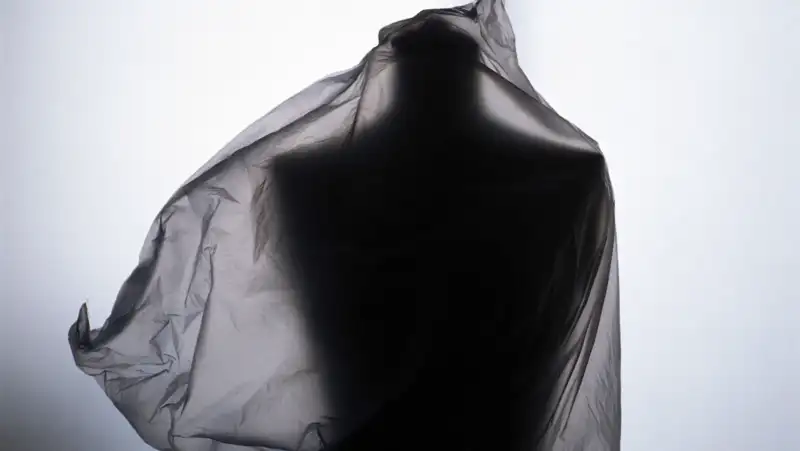Fashion has long served as a mirror of societal values and personal identity. Today, however, it is evolving into something far more intimate — a form of self-care. For modern women, clothing is no longer simply about aesthetics or seasonal fads. Instead, it reflects a growing awareness of the relationship between comfort, function, and emotional well-being. As health becomes central to life choices, fashion, too, is adapting to support women through each stage of their lives — particularly those marked by hormonal changes and shifting physical needs.
Wellness at the Core of Wardrobe Decisions
The contemporary woman navigates an increasingly demanding world, juggling professional, personal, and internal transitions with grace. As her body changes — whether through aging, hormonal fluctuations, or stress-related symptoms — so does her relationship with fashion. Wardrobe selections are made with mindfulness, reflecting a shift away from rigid trends and toward comfort, versatility, and emotional alignment.
Choosing Clothing That Supports Daily Well-Being
- Breathable fabrics: Natural materials like cotton, bamboo, or modal help manage body temperature and skin sensitivity.
- Flexible silhouettes: Flowy dresses, elastic waistbands, and forgiving tailoring allow for ease of movement and body fluctuation.
- Functional design: From pockets to adjustable straps, small details improve practicality and day-to-day confidence.
These considerations signal a broader philosophy — one where comfort and beauty are not seen as opposing forces, but as co-contributors to a woman’s sense of identity.
Meeting the Challenges of Menopause Through Style
Among the most significant — and often overlooked — transitions in a woman’s life is menopause. While the physical symptoms are well-documented, the emotional and sartorial impacts often go unspoken. But fashion, when chosen wisely, can serve as a powerful ally during this stage.
Solutions for Common Menopausal Symptoms
- Hot flashes: Layering lightweight pieces and selecting moisture-wicking fabrics help manage sudden shifts in body temperature.
- Sleep disturbances: Nightwear made from cooling materials supports better rest and recovery.
- Mood fluctuations: Soft textures and empowering silhouettes can enhance self-esteem and provide a psychological boost.
Clothing becomes more than a necessity — it is a stabilizer, offering both physical comfort and emotional reassurance. A wrap dress that flatters but doesn’t constrict, or a blouse that breathes while remaining elegant, can be the difference between feeling out of control and feeling centered.
Aligning Hormonal Health and Fashion
As more women explore options like hormone replacement therapy (HRT) to navigate menopause, their approach to fashion evolves in tandem. Internal balance through HRT complements outward choices — and vice versa. The synergy between physiological wellness and style creates an environment where women feel supported, not just symptomatically, but holistically.

Creating Balance Through Intention
- Pairing HRT with adaptable wardrobe staples: Think breathable camisoles under structured blazers or seamless undergarments beneath flowing skirts.
- Strategic layering: Enables quick responses to temperature changes without sacrificing professionalism or personality.
- Mood-boosting outfits: Incorporating color and texture choices that align with personal energy levels and emotional states.
This harmony — where fashion supports physical needs while upholding individual taste — reflects a deeper commitment to self-nurturing. In moments of transition, these small decisions can make a significant difference in confidence and clarity.
The Rise of Purposeful Fashion in a Conscious Era
Today’s consumers are not only health-aware but socially and environmentally conscious. Women seek brands that align with their values — whether it’s ethical sourcing, sustainable materials, or inclusive sizing. This shift goes beyond trend-following and enters the realm of intentional living.
Designs That Mirror Lifestyle Values
- Sustainable materials: Eco-friendly fabrics that minimize harm to the environment while feeling luxurious on the skin.
- Ethical manufacturing: Transparency in sourcing and production methods aligns with the modern woman’s sense of responsibility.
- Adaptive design: Fashion that adjusts with the wearer — from stretch seams to convertible cuts — celebrates the fluidity of women’s lives.
Color psychology, too, plays a role. Bold reds or cheerful yellows can uplift a woman’s mood, while soft neutrals may soothe during times of stress. Every wardrobe choice becomes a form of self-dialogue — a way to honor where she is and where she’s going.
Conclusion: Fashion as a Form of Empowerment
The line between health and fashion has blurred — and in the best way possible. Today’s woman chooses style not only to look good, but to feel grounded, respected, and empowered. Her closet is no longer dictated by fast fashion or fleeting trends. It’s a space curated with intention, reflecting the nuances of her journey and the values she holds dear.
Whether she’s managing the unpredictability of menopause, embracing new wellness practices, or simply honoring the changing rhythm of her life, her clothing is there to support her — in breathability, flexibility, and expression. In this era of fashion with purpose, self-care and self-style walk hand in hand.




